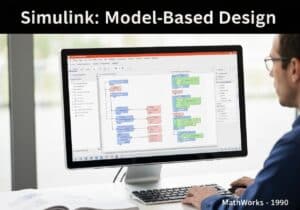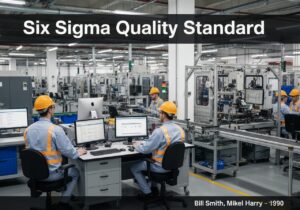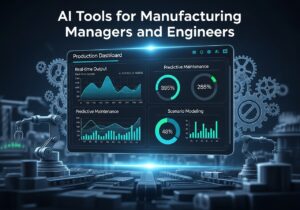Produit Cycle de vie Management (PLM) is a distinct business strategy focused on managing the entire lifecycle of a product from its conception, through design and manufacture, to service and disposal. Unlike the marketing-focused PLC model, PLM is an engineering and supply chain-centric approach, often managed with specialized software, that integrates data, processes, business systems, and people across an extended enterprise.
Product Life Cycle Management (PLM) provides the digital backbone for a product’s entire journey. It is not merely a theory but a practical, technology-driven methodology. At its core, PLM systems create a single, authoritative source of truth for all product-related information. This includes computer-aided design (GOUJAT) data, manufacturing instructions (CAM), bills of materials (BOMs), engineering change orders (ECOs), quality specifications, and supplier details. The lifecycle in PLM is typically divided into three main phases: Beginning of Life (BOL), which covers conception, design, and manufacturing; Middle of Life (MOL), which includes service, maintenance, and in-market use; and End of Life (EOL), which deals with retirement, recycling, or disposal. By centralizing this information, PLM facilitates collaboration between disparate teams—such as engineering, commercialisation, manufacturing, and procurement—often located across the globe. This integration helps to reduce development time, minimize errors, improve quality, and ensure regulatory compliance. For example, if an engineer updates a component design, the PLM system automatically notifies the purchasing department to source the new part and the manufacturing team to update their assembly instructions, creating a seamless digital thread.
Le concept de PLM est né de systèmes antérieurs comme la gestion des données produits (PDM), principalement axés sur la gestion des données d'ingénierie (principalement des fichiers CAO). Le PLM a étendu ce champ d'application à l'ensemble du processus métier autour du produit. Son développement a été fortement influencé par les besoins d'industries manufacturières complexes comme l'automobile et l'aérospatiale, où des milliers de composants et de nombreux fournisseurs doivent être parfaitement coordonnés. L'essor des chaînes d'approvisionnement mondiales et la complexité croissante des produits ont fait du PLM un outil stratégique essentiel, et non plus une simple solution informatique.





























